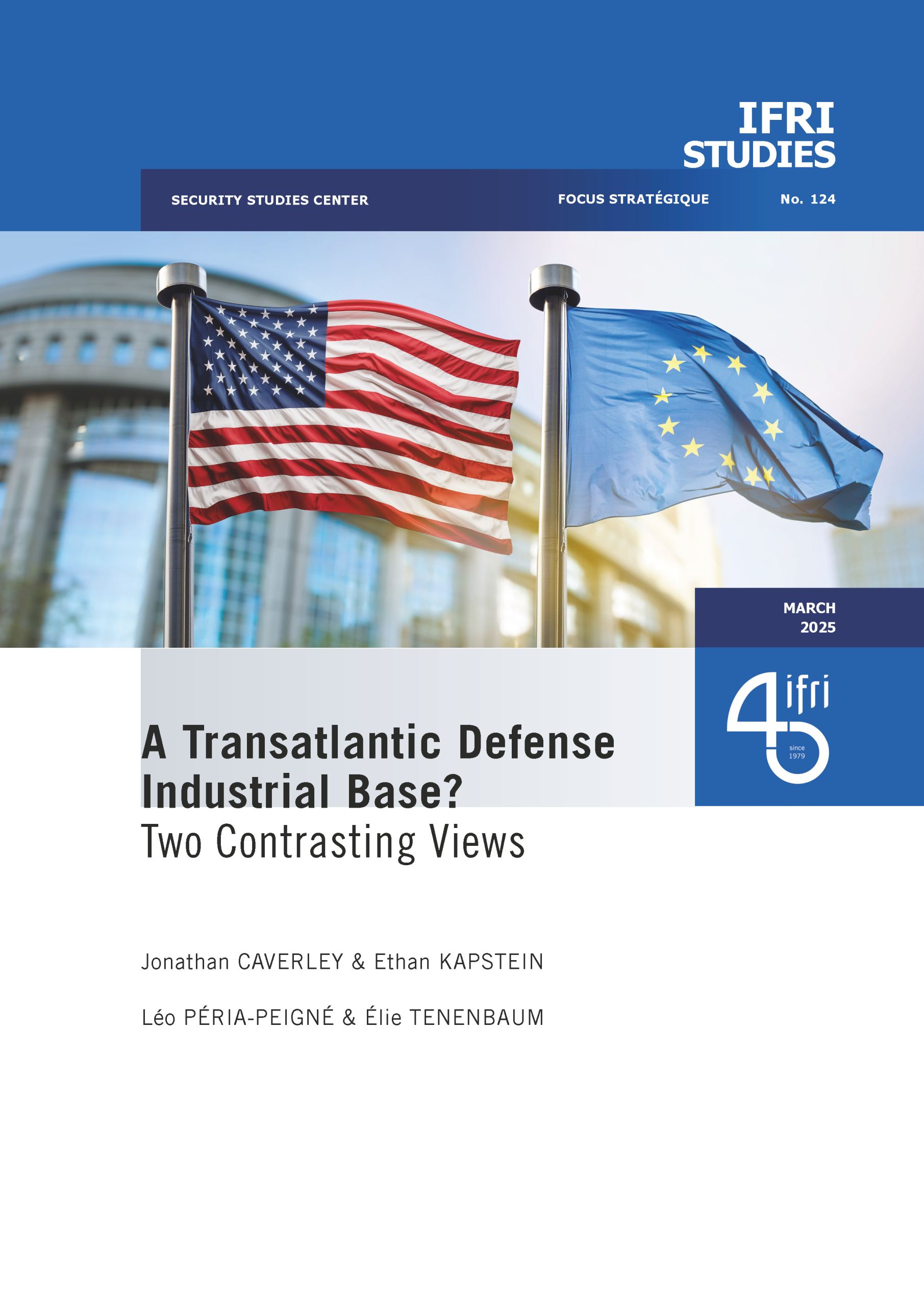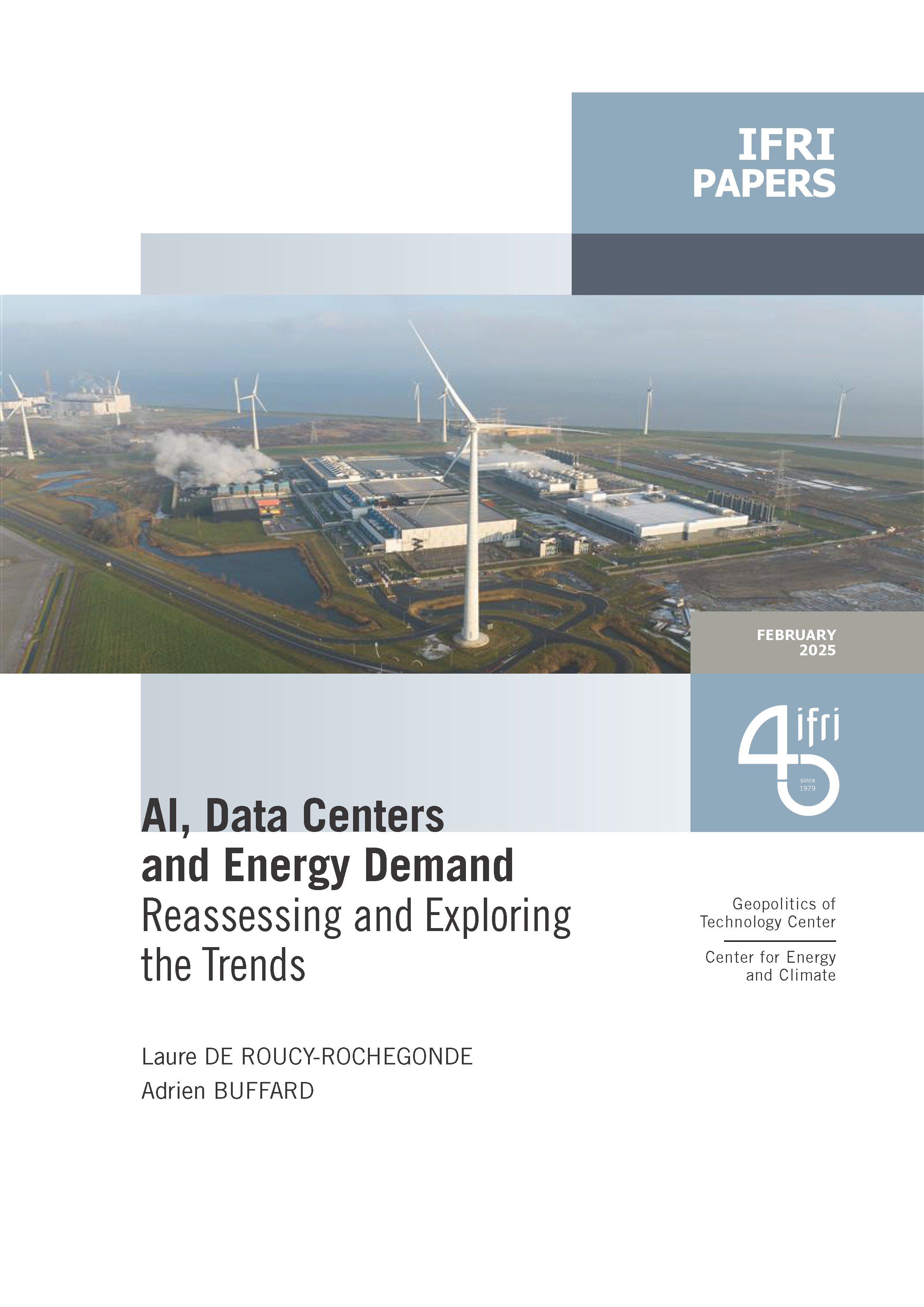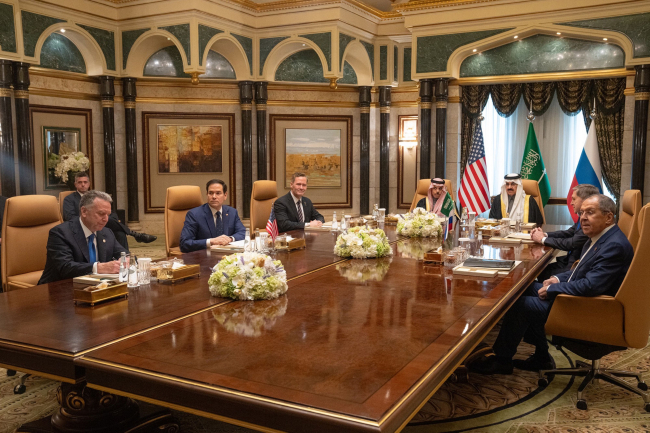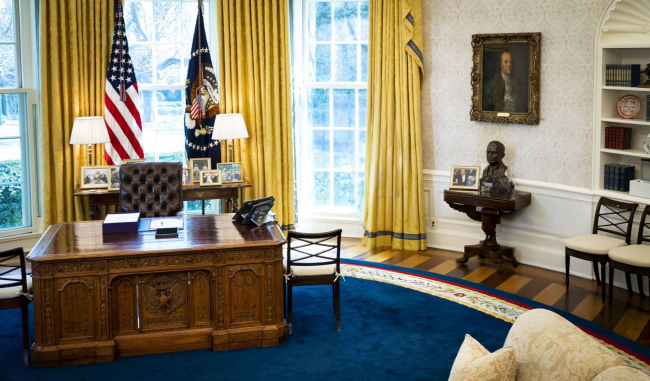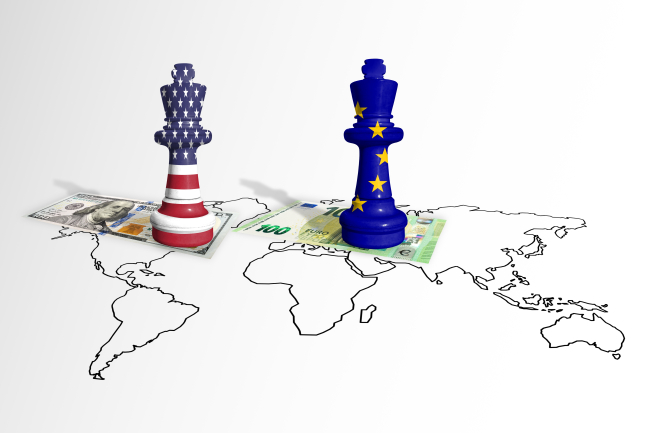CETA: the Making of the Comprehensive Economic and Trade Agreement Between Canada and the EU
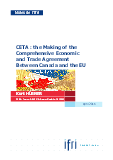
Once ratified, the Comprehensive and Economic Trade Agreement (CETA) could ultimately eliminate all tariff barriers between the European Union and Canada. CETA is also a new generation Free-Trade Agreement: it includes the opening of public procurement, the facilitation of cross investments and cooperation in the area of regulation. Its long negotiation process illustrated important changes that are happening in the way trade agreements are negotiated, both in Canada and in the EU.
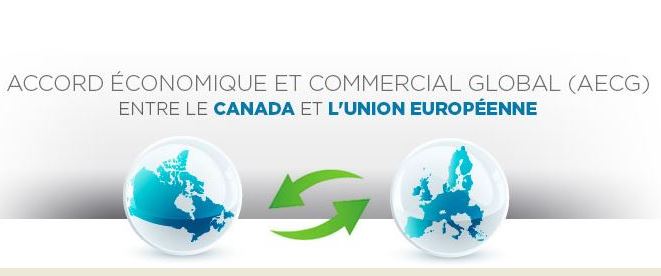
A wide variety of actors was involved. Because the federal government of Canada cannot implement international commitments in areas of provincial jurisdiction, the European Union requested that the provinces should be included in the discussions – Quebec and Ontario being the most interested. From the EU side, Germany, France and the United Kingdom led the process. Labor and trade unions as well as lobbying groups also supported the project.
Following the signing of the agreement in October 2013, the ratification process was delayed because of the start of the TTIP negotiations between the European Union and the United States. Canadian civil society organizations had already expressed criticism, which was echoed by their European counterparts, particularly worried about the investor state dispute settlement (ISDS) system. The legal scrubbing phase resulted in a compromise on this point.
The new Prime Minister Justin Trudeau, who replaced Conservative leader Stephen Harper in October 2015, has considered the implementation of the agreement as Canada’s top priority regarding international trade.

Available in:
Regions and themes
ISBN / ISSN
Share
Download the full analysis
This page contains only a summary of our work. If you would like to have access to all the information from our research on the subject, you can download the full version in PDF format.
CETA: the Making of the Comprehensive Economic and Trade Agreement Between Canada and the EU
Related centers and programs
Discover our other research centers and programsFind out more
Discover all our analysesDonald Trump v. the States: the Case of New York
While the disruptive policies of the second Trump administration are being implemented at the federal level and on the international stage, they are also being felt in the federal states and major cities across the country. In the spring of 2025, several cases involving the state and city of New York demonstrate that the president’s attacks on environmental protection, the separation of powers, freedom of speech, etc., are also being carried out at the local level.
How the US under Trump Became a Strategic and Ideological Adversary of Europe
The Europeans' worst security nightmare seems to be coming true: on Tuesday, February 18, 2025, U.S. Secretary of State Marco Rubio and Russian Foreign Minister Sergey Lavrov met in Saudi Arabia to initiate the normalization of relations between their two countries. The meeting also aimed to set up peace negotiations for Ukraine. However, despite having the potential to affect the entire continent, the discussions took place without the Europeans or the Ukrainians being present.
Will Trumpian Authoritarianism Lead to a Constitutional Crisis?
Since his return to the White House on January 20, 2025, President Donald Trump has signed around sixty executive orders to implement his political agenda. Numerous other measures have also been introduced by the White House and the new Department of Government Efficiency (DOGE) as part of these orders.
Trump’s Second Term: Laying the Groundwork for a New Trade War
In a statement released on February 1, 2025, President Trump announced the implementation of a 10% tariff on Chinese goods and a 25% tariff on imports from Canada and Mexico. While the former took effect via executive order on February 4, the latter were granted a 30-day reprieve. Sanctions targeting European Union (EU) products are said to be imminent.


